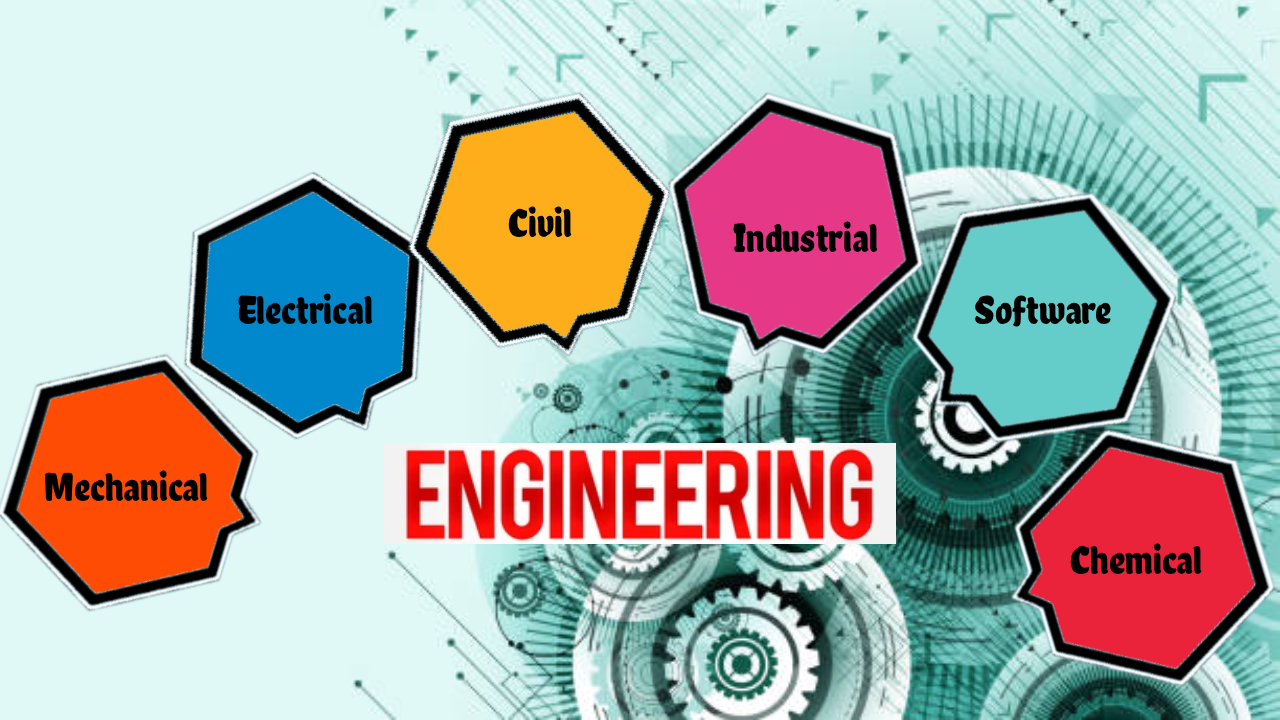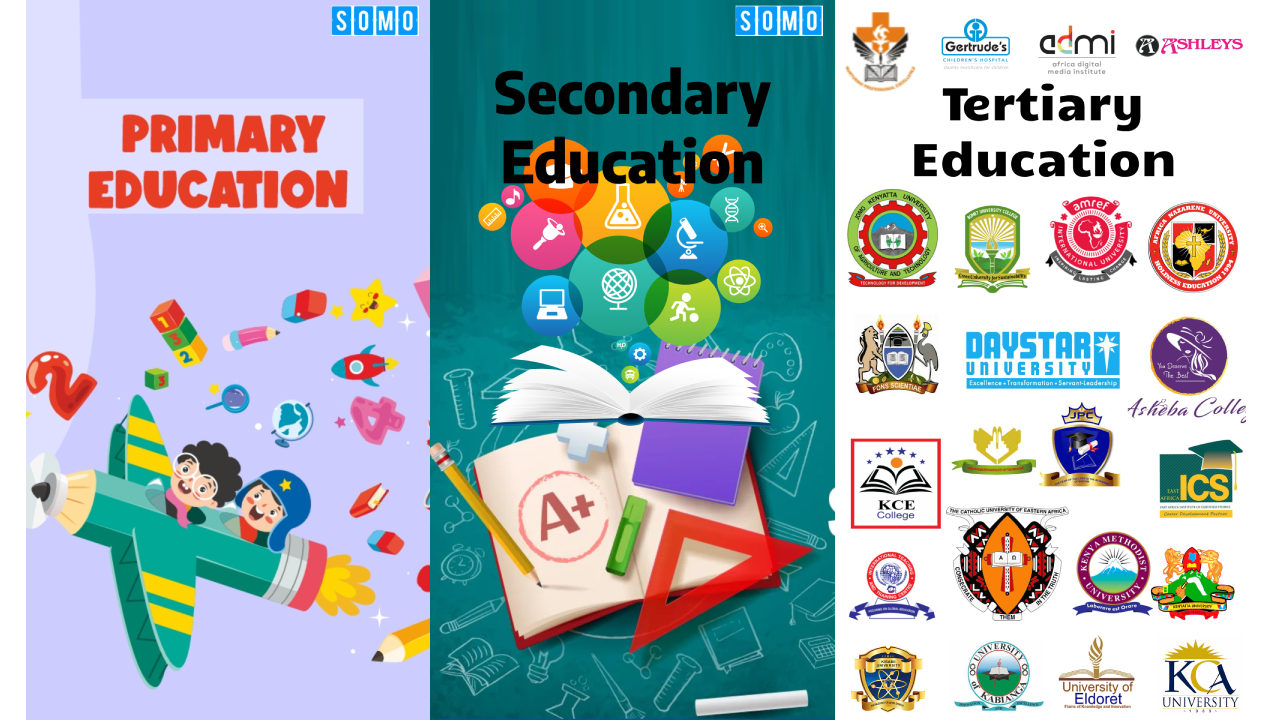
The CILT(UK) Level 6 Advanced Diploma in Logistics and Transport qualification provides the strategic management skills and tactical insight necessary for professional and business development in the logistics and transport industry.
It bridges the gap between the undergraduate CILT(UK) Level 5 Professional Diploma in Logistics and Transport and the postgraduate standard of a Master?s degree.
The qualification is open entry and as such is also suitable for graduates in other disciplines who are entering the sector for the first time, although Learners would benefit from having some prior knowledge of the logistics and transport industry at a strategic level.
Regulation
The CILT(UK) Awarding Organisation is regulated by The Office of Qualifications and Examinations Regulation (Ofqual), Qualifications Wales and CCEA Regulation. This qualification is available on the Regulated Qualifications Framework (RQF) and Qualifications in Wales (QiW) database.
Entry Requirements
- Diploma in Logistics & Transport
Objectives of Logistics and Transport
The Level 6 Advanced Diploma in Logistics and Transport is aimed at managers aspiring to move to more senior, strategic roles within the logistics and transport professional sectors.
What you will study
Strategic Contexts
In this unit Learners will be encouraged to examine organisational business environments from a global perspective through case studies and models.
The unit looks at resource availability, utilisation and how managers decide on the best approach to make the most of the limited resources available to their organisation?s operations. Stakeholder and relationship mapping tools will clarify the different priorities in the competition for resources.
Cost benefit analysis is examined in order to make strategic decisions and investment appraisal, with the principles of risk being considered.
Appropriate strategies should be developed to assist operations management within organisations to deliver products and services in a sustainable way.
The final element in this unit considers the various types of competition and their impact; it also examines contingency planning and trade-offs between operations. The implication of performance on an organisation?s supply chain operations is explored.
Leadership and Strategic Management
he first element of this unit defines culture and examines organisational culture in a wider business environment along with the associated internal and external factors that influence the differing cultures in organisations. Through the use of concepts and models, the relationship between organisational culture, strategy and performance is investigated.
The element on leadership describes and investigates a number of theoretical and practical aspects of leadership in the work environment.
There is also a review of the alternative styles that a leader can utilise in different situations. This section further examines the purpose of the organisation, its values and vision, relating this to the methods used to influence and motivate people to achieve the organisation?s goals.
Collaboration is examined in the global environment, as are the benefits and risks of intraorganisational working to achieve common goals and organisational improvements.
The final element of this unit looks at business ethics. Ethical, or unethical, business practices usually reflect the values and beliefs of the organisational culture; the links between what the organisation says and what it does is examined, as are the legal implications.
Strategic Network Planning
This unit is concerned with the important subject of strategic planning, taken from an organisational, intra-organisational and a global perspective. The first element is concerned with examining organisational models and looking at how influences inside and outside the organisation can affect business strategy. Risk and decision-making models are examined in some depth.
The second element looks at forecasting, using the information that is available to make effective and realistic business decisions.
Delivering Customer Service is an element in which the area of relationships with customers is explored in order to develop and build a culture of customer focus, thus delivering excellent customer service.
The final element in this unit addresses the issues surrounding change. Today?s organisations need to continuously adapt to new situations and address these issues if they are to survive and prosper. This element explores the triggers for strategic change and how organisations can develop strategies for innovation and learning.
Delivering Strategic Performance
The first element in this unit looks at how organisations need to become more aware of strategic performance and to integrate if they are to achieve the aim of operating on a global scale. Tools and techniques are examined that can assist in producing a plan to improve intra-organisational performance.
The second element looks at strategic supply strategies and the opportunities to collaborate between organisations, examining issues that impact on future long-term procurement requirements.
Organisational performance looks at how organisations can use models and concepts to assist in the design and implementation of a functional strategy to support the business strategy, using concepts such as trade-offs, cost and service balance. This element illustrates how this support works.
The final element in this unit examines the use of technology in the implementation of organisational strategies. A number of tools and techniques will be evaluated that enhance internal and external business integration.
Research Methods and Professional Project
The unit aims to develop Learners? ability to apply research methods and techniques to organisations and to enable them to use both qualitative and quantitative methodologies in problem analysis and solving.
The professional project will develop the Learners? skills in undertaking a structured and methodical research project, involving production of a substantial body of work (8,000-10,000 words) which has been instigated, developed and produced as a consequence of their own initiative, using in-company research and/or industrial liaison and which offers opportunities for specialism.
In this unit Learners will be encouraged to use work-based research to realise the requisite requirements for this module. Each Learner can base their project on their own work based environment, or using a relationship with a company or organisation.
Related articles
-

A Guide to Civil Engineering Degree and Diploma Programs in Kenya
08-Nov-2025 -

Electrical Engineering in Kenya: A 2025 Guide for KCSE Graduates
08-Nov-2025 -

Mechanical Engineering in Kenya: A 2025 Guide for KCSE Graduates
08-Nov-2025 -

Engineering Courses in Kenya: A Guide for 2025 KCSE Graduates
08-Nov-2025 -

Education Pathways in Kenya — From Basic Education to Tertiary | College Guide
06-Nov-2025 -

The Bird and the Mirror: A Reflection on Identity, Perception, and Illusion
07-Feb-2025
Colleges offering Logistics and Transport

Likoni